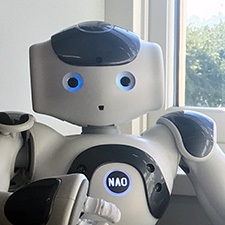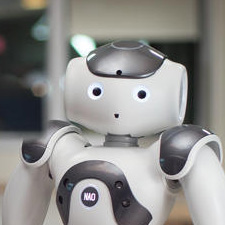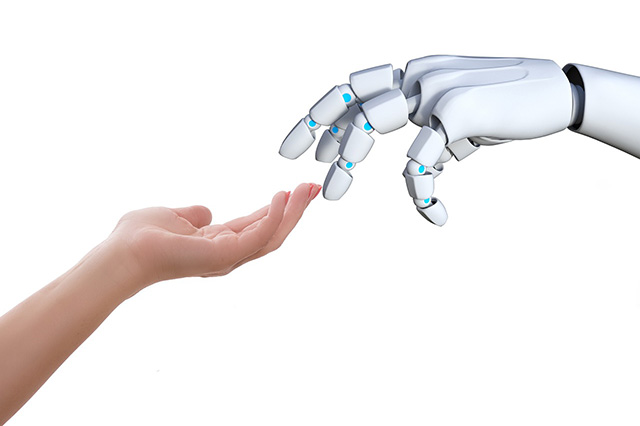Publications
Lee, S. A., & Liang, Y. (2019). A communication model of human-robot trust development for inclusive education. In J. Knox, Y. Wang, & M. S. Gallagher (Eds.), Speculative futures for artificial intelligence and educational inclusion (pp. 101-115). New York, NY: Springer Nature.
Lee, S. A., & Liang, Y. (2019). Robotic foot-in-the-door: Using sequential-request persuasive strategies in human-robot interaction. Computers in Human Behavior, 90, 351-356.
Lee, S. A., & Liang, Y. (2018). Theorizing verbally persuasive robots. In A. L. Guzman (Ed.), Human-machine communication: Rethinking communication, technology, and ourselves (pp. 119-143). New York, NY: Peter Lang.
Lee, S. A., & Liang, Y. (2018). Robotic foot-in-the-door: Using sequential-request persuasive strategies in human-robot interaction. Computers in Human Behavior.
Liang, Y., & Lee, S. A. (2017). Fear of autonomous robots: Evidence from national representative data with probability sampling. International Journal of Social Robotics, 9, 379-384.
Liang, Y., & Lee, S. A. (2016). Advancing the strategic messages affecting robot trust effect: The dynamic of user- and robot-generated content on human-robot trust and interaction outcomes. Cyberpsychology, Behavior, and Social Networking, 19, 538-544.
Lee, S. A., & Liang, Y. (2016). The role of reciprocity in verbally persuasive robots. Cyberpsychology, Behavior, and Social Networking. 19, 524-527.
Lee. S. A., & Liang, Y. (2015). Reciprocity in computer-human interaction: Source-based, norm-based, and affect-based explanations. Cyberpsychology, Behavior, and Social Networking, 18, 234-240.
Liang, Y., Lee, S. A., & Jang, J. (2013). Mindlessness and gaining compliance in computer-human interaction. Computers in Human Behavior, 29, 1572-1579.
Conference Presentations
Lee, S. A. (2019). Human-robot proxemics and compliance gaining. Paper presented at the 69th annual convention of the International Communication Association, Washington, DC.
Liang, Y., Lee, S. A., & Kee, K. F. (2019). The adoption of collaborative robots toward ubiquitous diffusion: A research agenda. Paper presented at the 14th ACM/IEEE International Conference on Human-Robot Interaction (HRI 2019) Workshop, Daegu, South Korea.
Lee, S. A., Appelman, A., & Waldridge, Z. J. (2018). Robot message credibility. Paper presented at the 68th annual convention of the International Communication Association, Prague, Czech.
Lee, S. A., & Liang, Y. (2017). Theorizing verbally persuasive robots. Paper presented at the 103rd annual convention of the National Communication Association, Dallas, TX.
Lee, S. A., Liang, Y., & Thompson, A. M. (2017). Robotic foot-in-the-door: Using sequential-request persuasive strategies in human-robot interaction. Paper presented at the 67th annual convention of the International Communication Association, San Diego, CA.
Liang, Y., & Lee, S. A. (2016). Employing user-generated content to enhance human-robot interaction in a human-robot trust game. In Proceedings of the 11th ACM/IEEE International Conference on Human-Robot Interaction (HRI 2016). Christchurch, New Zealand.
Lee, S. A., Liang, Y., & Cho, S. (2016). Effects of anthropomorphism and reciprocity in persuasive computer agents. Paper presented at the at the 102nd annual convention of the National Communication Association, Philadelphia, PA.
Cho, S., Lee, S. A., & Liang, Y. (2016). Using anthropomorphic agents for persuasion. Paper presented at the 66th annual convention of the International Communication Association, Fukuoka, Japan.





















